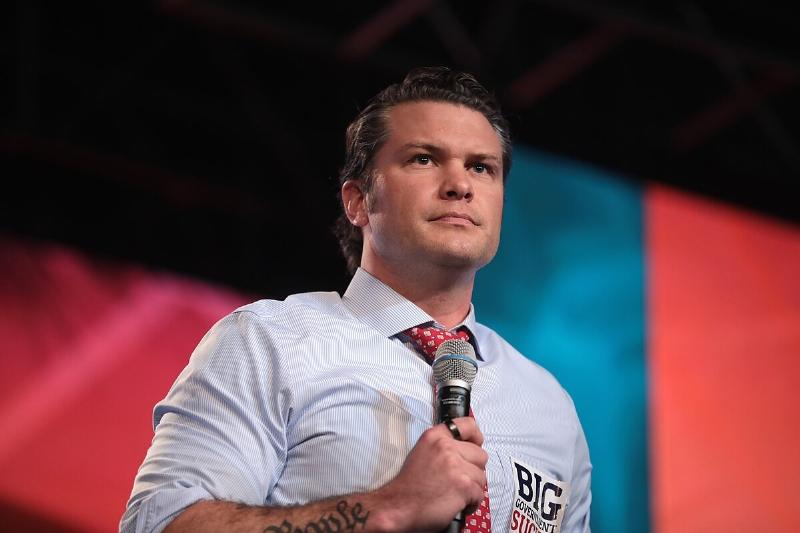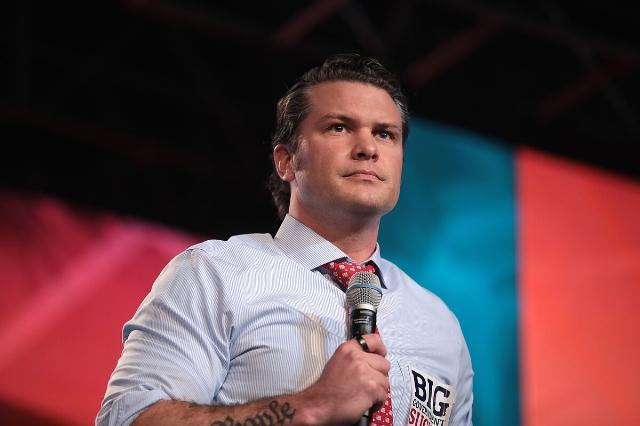


At Quantico, Secretary Pete Hegseth and President Donald Trump delivered a blunt message to America’s generals: the age of political correctness is over, and uncompromising readiness is now the standard.
When Secretary Pete Hegseth strode to the podium at Quantico and declared, “Welcome to the War Department,” he did more than rename an institution. He called for a reckoning.
Hegseth’s speech was direct and unsparing. “The era of politically correct, overly sensitive don’t-hurt-anyone’s-feelings leadership ends right now.” He pledged to “clear out the debris, remove distractions, [and] clear the way for leaders to be leaders… You might say, we’re ending the war on warriors.” He ordered that “each service will ensure that every requirement for every combat MOS for every designated combat arms position returns to the highest male standard only.” He invoked a new “for commanders”: “Do onto your unit as you would have done onto your own child’s unit.”
President Donald Trump then completed the message with a vow to rebuild America’s military might. He promised to make the armed forces “stronger, tougher, faster, fiercer and more powerful than it has ever been before,” adding, “I support you, and as president, I have your backs 100%.” Yet he also issued a stark warning: “If I don’t like somebody, I’m going to fire them right on the spot.”
The words were bold, even historic. But the challenge is clear: rhetoric must be matched by disciplined reform.
Readiness Must Follow Rhetoric
The “warrior ethos” cannot rest on slogans or speeches alone. Standards must be tied to measurable outcomes: deployable brigades, validated joint certifications, combat-credible training cycles. “Clearing debris” must mean doctrine and discipline, not theater.
Meritocracy, Not Ideology
Trump’s solidarity line -- “I have your backs 100%” -- is important for morale. However, his threat to fire generals risks undermining professionalism. Promotions, reliefs, and assignments must rest on performance in warfighting environments, not political litmus tests.
Trim Bureaucracy, Protect Combat Edge
The U.S. general and flag officer corps has grown disproportionately. After World War II, there were about 2,000 generals for sixteen million in uniform -- roughly one for every 8,000 troops. Today, with ~1.3 million active duty, there are about 800 generals and admirals -- closer to one for every 1,500. Cutting overhead is overdue. But reforms must target staff inflation, not operational commands.
Keep Posture Steady
Adversaries may read a mass gathering of generals as turmoil unless it is balanced by continuity in global presence. Trump’s morale-boosting message must be matched by consistent deployments, exercises, and surge readiness.
Transparency Is the Antidote to Rumor
Sweeping rhetoric breeds speculation. The Pentagon should publish standards, metrics, and promotion criteria. Transparency will strengthen trust within the ranks, with Congress, and with the American people.
The Quantico meeting was unprecedented. Hegseth declared war on drift; Trump declared war on complacency. History will not judge the speeches by applause lines but by results.
If today marks the beginning of a disciplined, principled reset, the military will emerge stronger and more credible. If it fades into spectacle, America risks weakening the very force it seeks to restore.
This gathering was historic. The test now is whether it marks the beginning of a real reset -- or just a day of tough talk.
Robert L. Maginnis is a retired U.S. Army infantry officer, a former Pentagon official, and author of Preparing for World War III.

Image: Gage Skidmore
